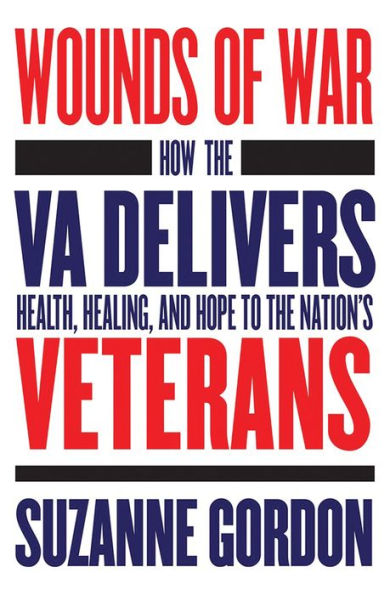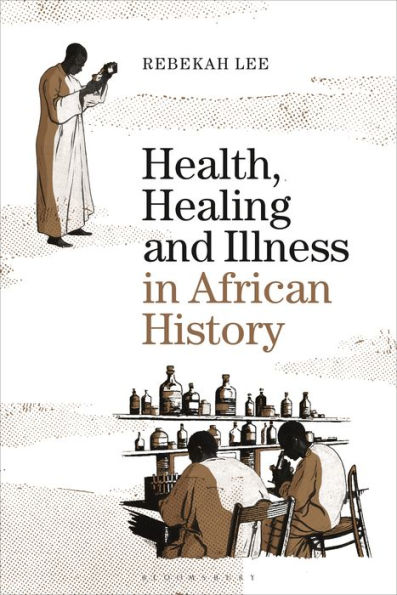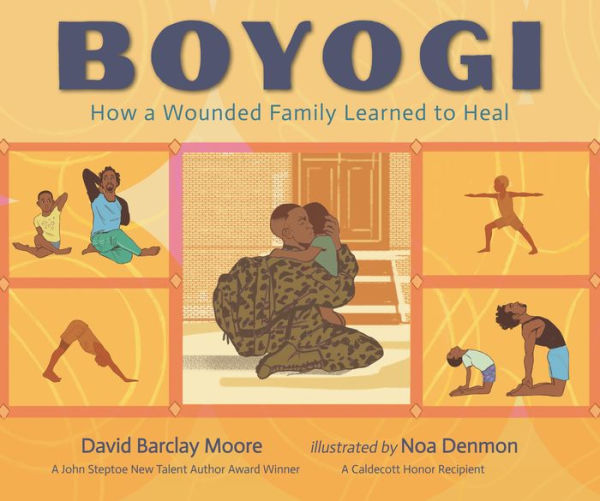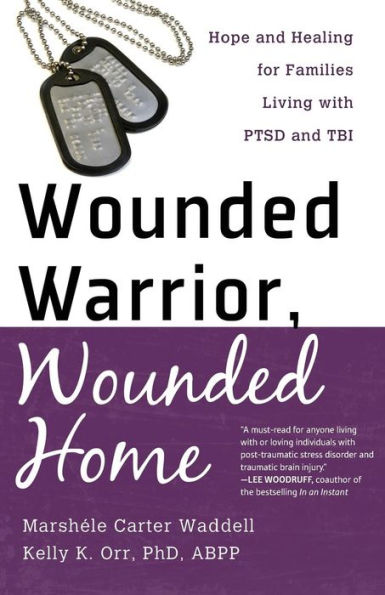Home
Wounds of War: How the VA Delivers Health, Healing, and Hope to Nation's Veterans
Barnes and Noble
Wounds of War: How the VA Delivers Health, Healing, and Hope to Nation's Veterans
Current price: $29.95


Barnes and Noble
Wounds of War: How the VA Delivers Health, Healing, and Hope to Nation's Veterans
Current price: $29.95
Size: Hardcover
Loading Inventory...
*Product information may vary - to confirm product availability, pricing, shipping and return information please contact Barnes and Noble
U.S. military conflicts abroad have left nine million Americans dependent on the Veterans Health Administration (VHA) for medical care.
Their "wounds of war" are treated by the largest hospital system in the country—one that has come under fire from critics in the White House, on Capitol Hill, and in the nation's media.
In
Wounds of War
, Suzanne Gordon draws on five years of observational research to describe how the VHA does a better job than private sector institutions offering primary and geriatric care, mental health and home care services, and support for patients nearing the end of life. In the unusual culture of solidarity between patients and providers that the VHA has fostered, Gordon finds a working model for higher-quality health care and a much-needed alternative to the practice of for-profit medicine.
Their "wounds of war" are treated by the largest hospital system in the country—one that has come under fire from critics in the White House, on Capitol Hill, and in the nation's media.
In
Wounds of War
, Suzanne Gordon draws on five years of observational research to describe how the VHA does a better job than private sector institutions offering primary and geriatric care, mental health and home care services, and support for patients nearing the end of life. In the unusual culture of solidarity between patients and providers that the VHA has fostered, Gordon finds a working model for higher-quality health care and a much-needed alternative to the practice of for-profit medicine.

















